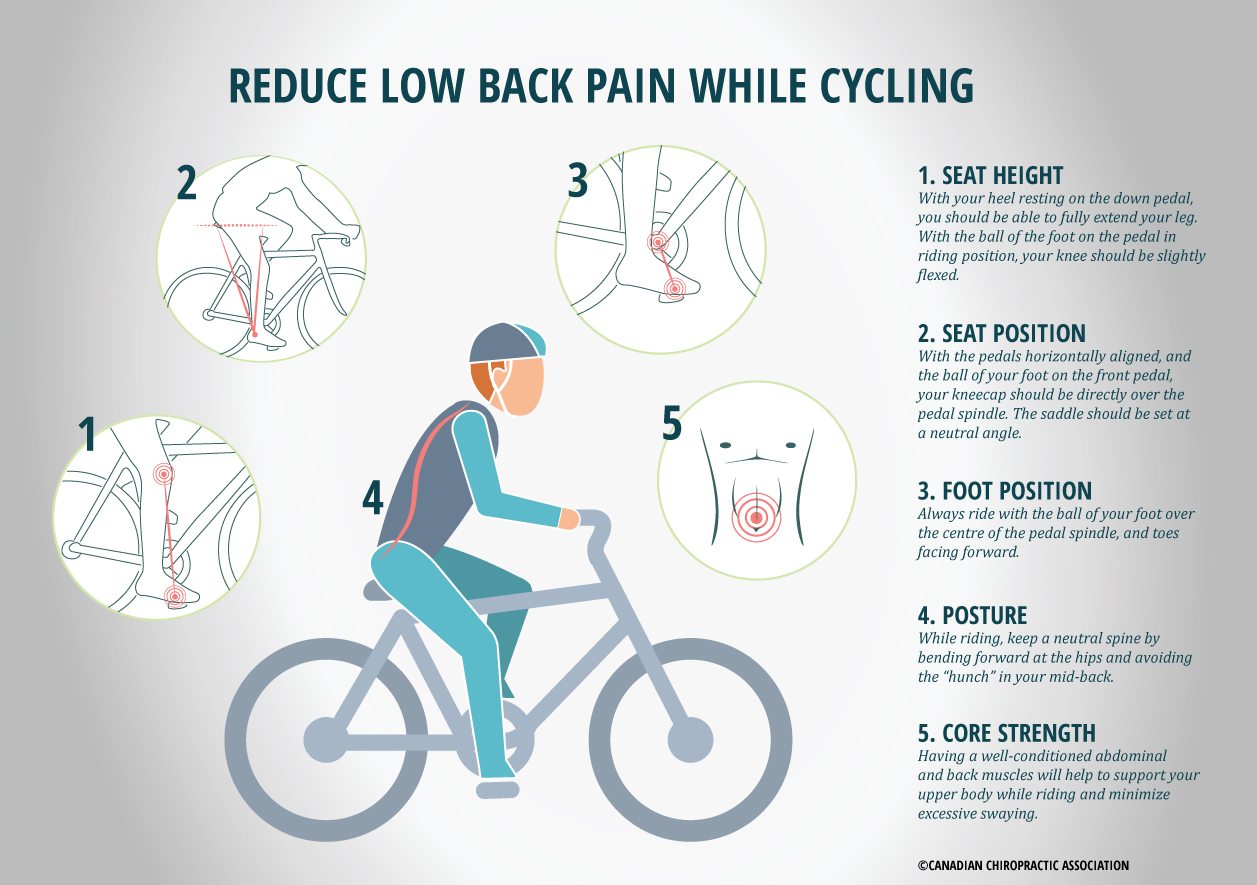 Obesity has become a global epidemic, especially more prevalent in our modern western societies. There has been great controversy and debate between health professionals, researchers, trainers, and therapists as to which mode of exercise, aerobic vs. weight training, is the champion when it comes to losing weight and fat. The proponents of aerobic exercise, such as running and cycling, argue that the continuous increase in heart rate, metabolism, and energy expenditure leads to burning calories, which in turn, results in weight loss and fat loss. Conversely, the proponents of weight training argue that by increasing the muscle mass (lean body mass) the resting metabolic rate (RMR) goes up, thereby increasing the daily energy expenditure needed to keep up with the increased metabolism. The amount of calories burnt in a day, as they argue, will surpass the amount of calories burnt if one relied solely on aerobic exercise. However, the research behind these claims is not conclusive. To add to the controversy and debate, there have not been too many conclusive studies that directly compare the effects of aerobic exercise vs. weight training for reducing weight and fat.
Obesity has become a global epidemic, especially more prevalent in our modern western societies. There has been great controversy and debate between health professionals, researchers, trainers, and therapists as to which mode of exercise, aerobic vs. weight training, is the champion when it comes to losing weight and fat. The proponents of aerobic exercise, such as running and cycling, argue that the continuous increase in heart rate, metabolism, and energy expenditure leads to burning calories, which in turn, results in weight loss and fat loss. Conversely, the proponents of weight training argue that by increasing the muscle mass (lean body mass) the resting metabolic rate (RMR) goes up, thereby increasing the daily energy expenditure needed to keep up with the increased metabolism. The amount of calories burnt in a day, as they argue, will surpass the amount of calories burnt if one relied solely on aerobic exercise. However, the research behind these claims is not conclusive. To add to the controversy and debate, there have not been too many conclusive studies that directly compare the effects of aerobic exercise vs. weight training for reducing weight and fat.
On September 27, 2012, an article from Duke University was published in the Journal of Applied Physiology, which compared the “Effects of aerobic and/or resistance training on body mass and fat mass in overweight or obese adults” (J Appl Physiol 113:1831-1837, 2012). The researchers suggest that their “current report represents the largest randomized trial to directly compare changes in body composition induced by comparable amount of time spent doing resistance and aerobic training, or both in combination.” The major details are as follows:
Methods/Study design:
- Randomized trial of 119 sedentary, overweight, non-diabetic adult participants
- 3 groups: Aerobic training vs. Weight Training vs. Combo aerobic/weight
- Participants randomized into three 8-month long exercise plans:
- Aerobic Training = 3x/week (approx. 4miles/session running-equivalent of aerobic exercises)
- Weight Training = 3x/week, 3 sets/day, 8-12 reps/set
- Combo = Combination of aerobic and weight training (Double time commitment)
- Outcomes tested: total body mass loss, fat mass loss, lean body mass, fat percentage loss, waist circumference.
Results:
- Both the aerobic and combo group significantly reduced total body mass and fat mass but not significantly different from each other. The combined effect did not add any significant value to weight/fat loss.
- Weight Training alone did NOT decrease total body mass and fat mass significantly. In fact, it increased total body mass.
- Lean body mass increased with weight and combo training and not with aerobic.
- Waist circumference decreased with aerobic and combo only and not with weight training. The combo training seemed to have a significant cumulative effect over aerobic exercise as well.
- Fat percentage loss was significantly more in combo training than either aerobic or weight training “due to decreased fat mass combined with increased lean body mass.”
Conclusions:
The authors came up with the following conclusion: “If increasing muscle mass and strength is the goal, a program including [weight training] is required. However, balancing time commitment against health benefits accrued, it appears that [aerobic training] alone is the optimal mode of exercise for reducing fat mass and total body mass.” Now what does this mean?
This means that based on this study, if your goal is to decrease body mass and fat mass ONLY, then doing aerobic training is the best and most efficient means of exercise. A combined effect of resistance training and weight training does not give a significant cumulative effect in terms of weight loss and fat loss. However, one must also consider the health benefits associated with doing weight training such as increased lean body mass, increased strength, improved joint function, improved cardiac function, etc. Given these health benefits, weight training, in my opinion, should always be used in conjunction with aerobic training because the goal of exercise should not just be weight/fat mass loss.
References:
- Effects of aerobic and/or resistance training on body mass and fat mass in overweight or obese adults. J Appl Physiol 113:1831-1837, 2012.
- Image courtesy of dailymuscle.com
Please SHARE this article if you find it useful to help spread knowledge and understanding!






